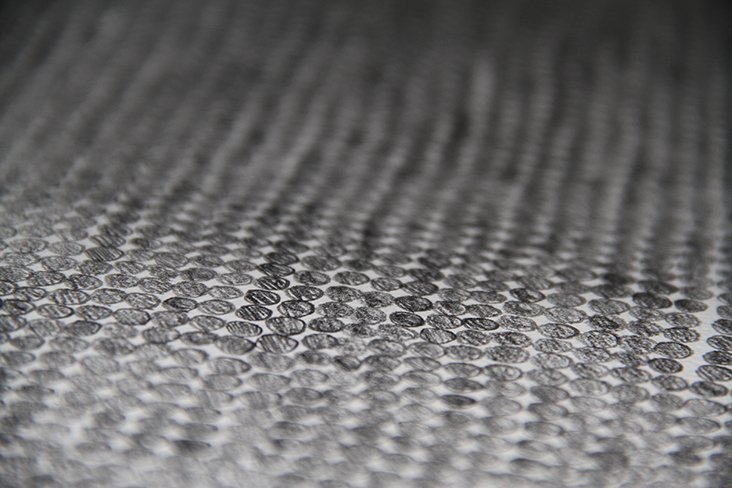Drawn To Fire
Kenneth James Martin
Victoria Gallery, Oakham
3 – 9 November 2008
Among Raymond Williams’ etymological explorations, the word culture is traced to the Latin origin colere, whose meanings ranged from to inhabit, to cultivate, to protect, and to honour with worship. Nouns of a process signifying tending to nature.
Between the sixteenth and nineteenth century the use of the word developed from the tending of natural growth to encompass a tending of the human mind. Whether this was due to a change in human activity is ambiguous but certainly this metaphysical extension from physical to social contributed to the later complication of the word’s many often-incompatible meanings.
Rejecting the increasing use as a synonym for civilized, Herder proclaimed, “The very thought of a superior European culture is a blatant insult to the majesty of nature” [1].
Yet Kenneth James Martin’s Ritual Fire Drawing and Photography honours both senses of the word, through a third application, the culture of intellectual and artistic activity.
Fire itself, in the forms we are familiar with, is a uniquely earthly phenomenon. Dependent on the availability of free oxygen formed by the earliest single cell organisms.
Yet the control and manipulation of fire is what distinguishes us from the rest of the natural world and marks the most significant points in the development of mankind: First Fire, that which we observed appearing to come from the heavens as lightning or volcanic eruptions, Second Fire, fire first sparked by mankind, and Third Fire, as industrial combustion and electricity.
By attending Martin’s ritual, the camera witnesses both a conceptual and physical acknowledgement of the natural and man-made worlds.
Rituals typically occur as three separate but overlapping stages: The separation from the ‘real’ world, the transformation stage within the ritual enclosure, and the point of re-entry into the real.
Martin’s separation from the real begins at significant point in a journey based on “a feeling for a place, a sense of belonging” [2], often in acknowledgement of First Fire (light) in the form of a full moon. A campsite of varying levels of simplicity is erected and fallen wood gathered in a circular pattern from around a given point, from which Second Fire is created. A libation and a basic meal from the earth cooked upon the flames is offered and received.
Following this simple idiosyncratic procedure each time Martin engages in a subtle dialogue with nature. Each fire has it’s own personality; each wood burns differently, each place a different aroma. Gentle observations and meditations give way, at a particular point in time, to the transformation stage.
Selected branches bearing flames are taken from the fire with which Martin draws in and around the space, a physical exploration of the earlier meditative enquiry. The marks left on film are punctuated with Third Light, often the glow of the ever-expanding industrial landscape but also with flourishes from Martin’s own hand. These series of blue light emitting diodes were only in common use at the end of the nineteen nineties. Where their electroluminescence borders on a Fourth Light category, under Martin’s control they point towards and acknowledge a more spiritual and astral plane, contrasting with the warm orange flames whose presence by comparison seem all the more human and humble.
Once the camera finally closes it’s eye Martin sleeps next to the fire. The following morning the First Light of the sun signifies the transition into the re-entry stage of the ritual. Aside from clothes still bathed in the aroma of the night before the earth is made good removing all trace of the ritual activity.
When the images are finally developed and reviewed the ephemeral is documented. Martin’s photographs are cultural artefacts in the widest sense of the word and are peculiar that they are not passive objects. The ritual informs the drawing whilst the drawing informs the ritual.
1 – Johann Gottfried Herder, Ideas on the Philosophy of the History of Mankind
2 – Kenneth James Martin, Thetford Notes
